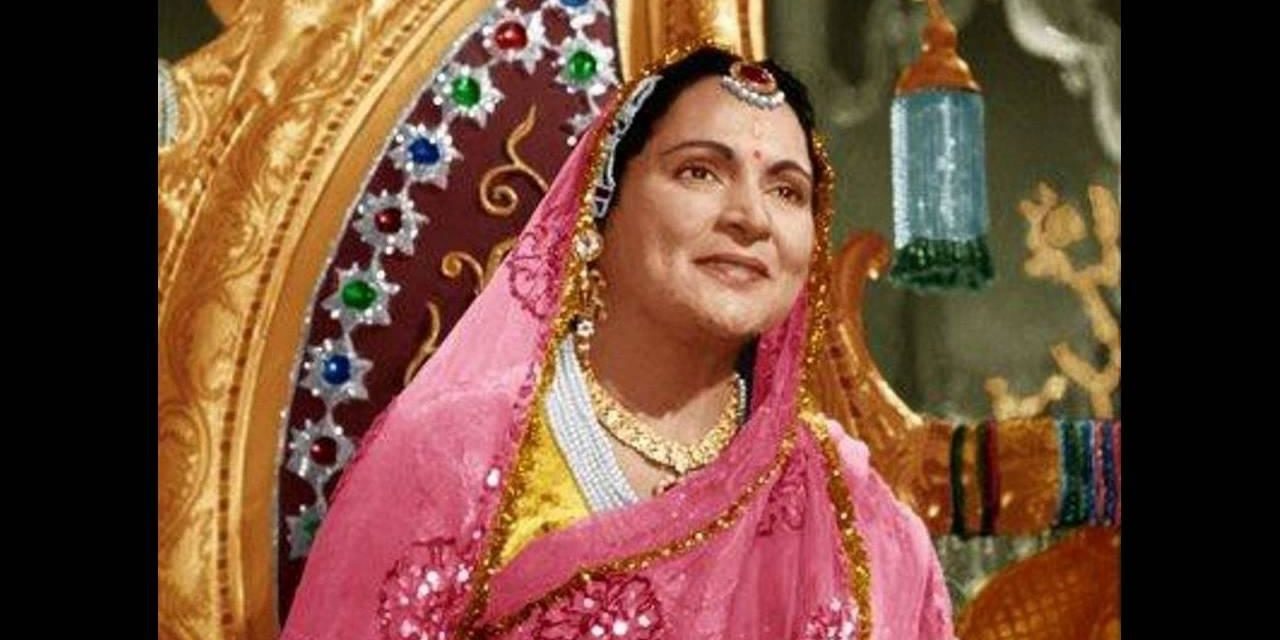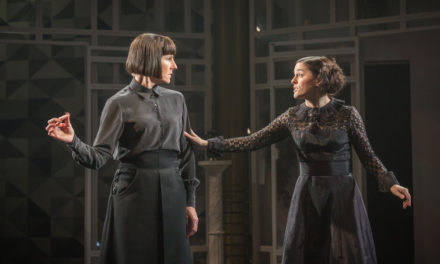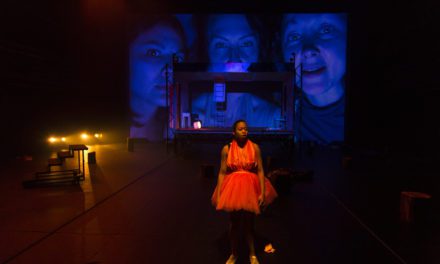Sheetala Bhat’s Performing Self, Performing Gender: Reading The Lives Of Women Performers In Colonial India is another addition to the increasing, yet still meager, scholarship on the literature produced during colonial-nationalistic era in India. It furthers the study of women performers in colonial India pioneered by Kathryn Hansen. Bhat’s book is primarily a study of prose-narratives about and by the Women performers, including Tawaifs, female impersonators, and Theatre and film actresses of the time. It covers a span of roughly half a century, beginning with the articulations of womanhood by focusing on the figure of the Tawaif at the end of the nineteenth century and moving towards the study of theatre and film actresses active after some time of Indian Independence in 1947.
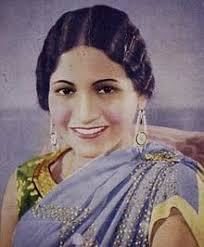
Hansa Wadkar
Excluding the Introduction and the Conclusion, the four intermediate chapters follow an interesting methodology- each chapter deals with two texts, mostly functioning as oppositions and approaching a single subject from two extreme ends, to fully capture the complex nature of the category of woman performer. The chapters analyze the fictional narratives written by Premchand and Mirza Hadi Ruswa to study the figure of Tawaif, memoirs/autobiographies written by Jayashankar Sundari and Binodini Dasi to study female impersonator and early stage actresses, Durga Khote and Hansa Wadkar to study later stage actresses, and Zohra Segal and Shaukat Kaifi to study film actresses- in that order. The conclusion studies the autobiography of Malka Pukhraj, a figure who functions as a culmination of all the former actress figures. The structure of the book gives an impression of teleological development of the category of woman performer from Tawaif to film actress. However, Bhat notes that her structure is not completely teleological (pp. 62). The linearity of historical events is consciously broken in her analysis to capture the fleeting, ephemeral nature of the actress figure.
The Introduction rightly challenges the famous framework of Partha Chatterjee which confines women of the nationalistic era to the “inner realm” of home and men to the outer, materialistic realm. By studying Women performers, Bhat contends that these women functioned in both the inner and the outer realm but failed to belong to either of the spaces, inhabiting a liminal space, “wandering in the wilderness” (pp. 27). These women struggled to fit into the constructed category of “ideal, chaste housewife” and often subverted it both as a way of living and a requirement of the profession. This subversion of sexual morality went against the dominant Gandhian ideology of sacrificing inner sexual self for the nationalist cause, thereby leading them to face societal oppression, and at times ostracization. How does the actress self-narrativize this tension between personal desire and imposed social choices? How does she navigate the fragile spaces of shame, honor, guilt, and liberation while continuing her profession? How much of her narrative informs and is informed by socio-political forces around her? Bhat deals with these questions by providing a nuanced reading of the texts, uncovering layers and decoding subtexts, swaying between personal anecdotes from the actresses’ life and complex analysis of her “I” voice. Part of the charm of the book is that, despite being largely academic in nature, it often shifts the tone to poetic and lyrical. Framing the second chapter by beginning with Jayashankar Sundari’s transformation into a woman (pp. 52), and using the analogy of the “third bell” to analyze Zohra Segal’s memoir (p. 112) are some of the memorable poetic moments from the book. Apart from being a significant intervention and contribution in the fields of women’s studies, Theatre and performance studies, colonial studies, Comparative literature and South-Asian studies, Bhat’s work is important in that it deals with books written in different Indian vernacular languages (Hindi, Urdu, Gujarati, Marathi, Bengali) coming from writers from different geographical regions in India. In that sense, the book has an almost pan-Indian reach and resonance.
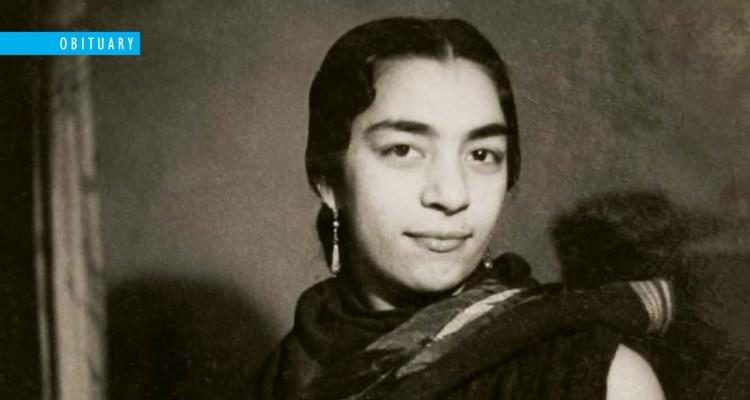
Zohra Sehgal
Compared to the many merits of the book, the shortcomings are very few. The first chapter stands out from the rest of the book as it deals with fictional narratives written by male writers rather than non-fictional self-narratives written by women performers themselves. One can understand the choice of using fiction to study the figure of the Tawaif because of the absence of both personal narratives as well as enough scholarly resources on them. Bhat even mentions this in the introduction. What she does not delve upon, however, is the implication it has for the overall design of the book. How does the politics of writing for the “self” and writing for the “other” inform her own analysis of the texts? How do the stakes involved in these two different kinds of writing affect the stories and therefore its relationship with the socio-political scenario of the times? These questions organically emerge from Bhat’s book but are not dealt with in the same spirit, nuance, and complexity that her textual analysis shows. Moreover, while the issue of sexual morality remains pertinent in the stories of the women performers, that point seems overemphasized in that it significantly dilutes other factors like economic class, caste, and religion which would have contributed hugely in the formation of the subjectivities of these women performers. Errors of spelling, syntax, and punctuations not only keep this book away from being seamless but at times also hamper its semantics. However, lucid writing, rich analysis, and original study that intervene in several disciplines certainly compensate for it.
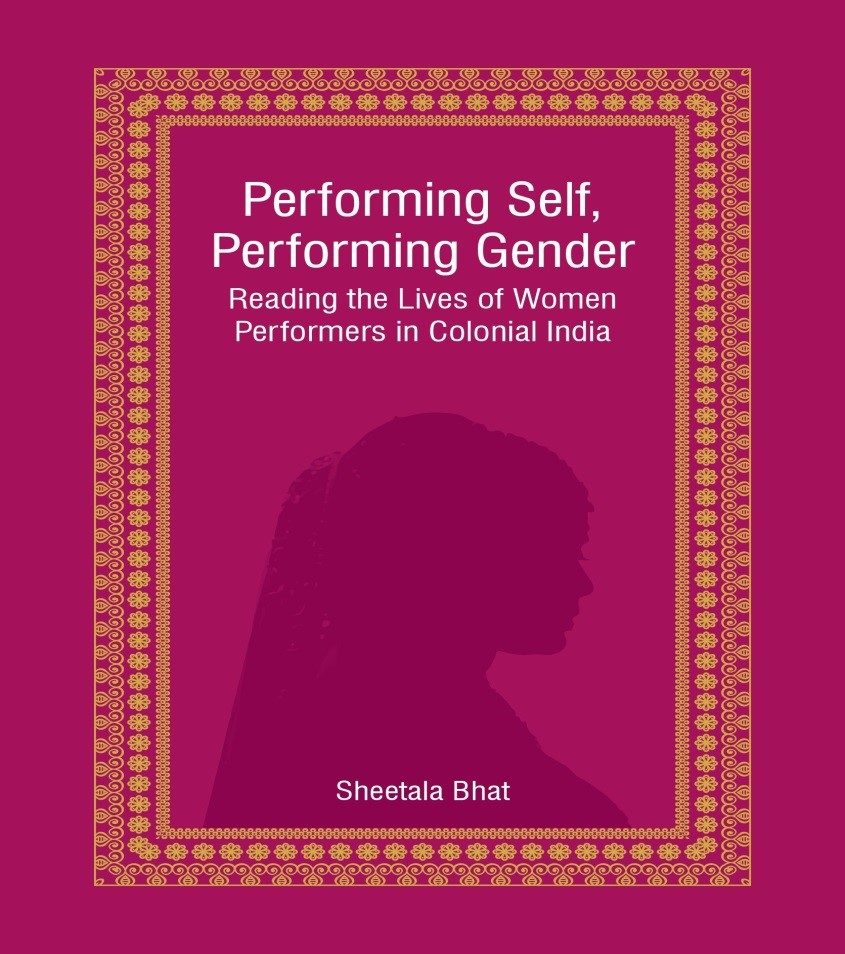
Performing Self, Performing Gender: Reading The Lives Of Women Performers In Colonial India
By: Sheetala Bhat. Published by- Manipal University Press. Year of Publication- 2017. ISBN: 978-93-82460-59-6. Number of Pages- 148. Price- Rs. 299
This post was written by the author in their personal capacity.The opinions expressed in this article are the author’s own and do not reflect the view of The Theatre Times, their staff or collaborators.
This post was written by Abhimanyu Acharya.
The views expressed here belong to the author and do not necessarily reflect our views and opinions.

